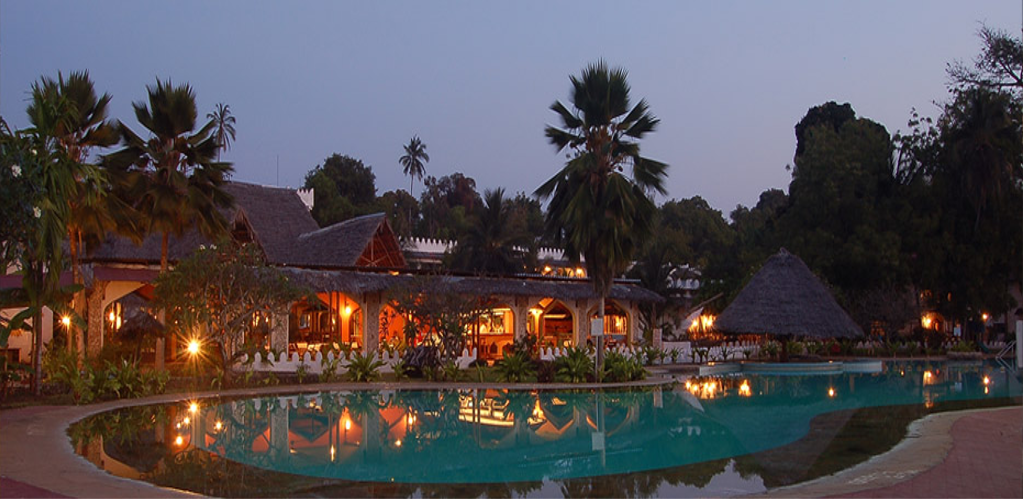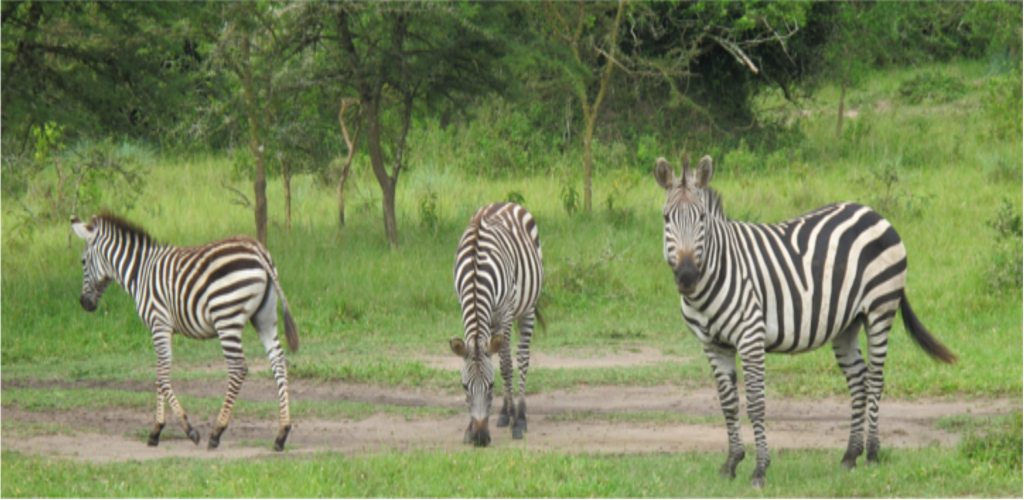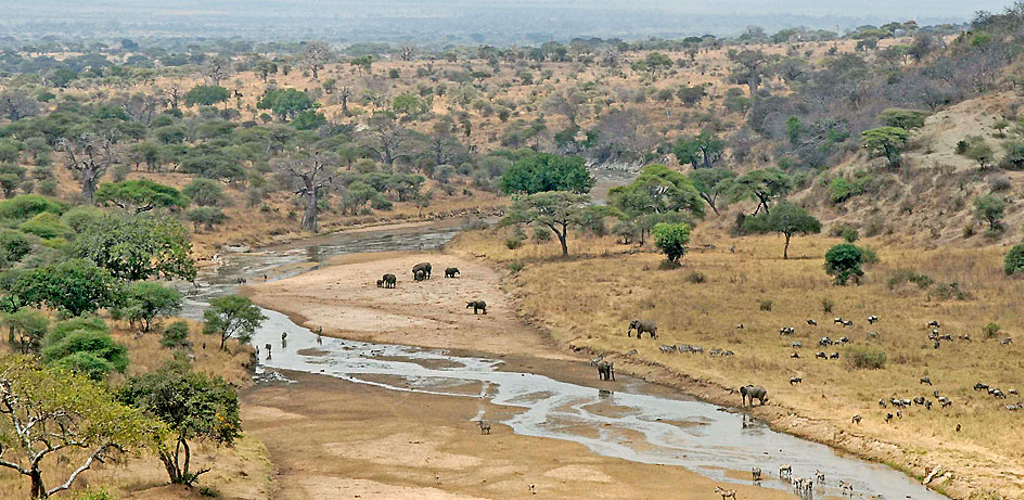A photo safari is a special experience. Long days, many animals, changing weather, variable geography and differing environments all offer excellent opportunities for outstanding photography. While the equipment and techniques are important, it is the photographer who creates the images.
The following information may help you get the best from your trip.
Our safari vehicles are four wheel drive Land Cruisers or Mini-buses. They have both sides and a roof, as distinguished from the vehicles in southern Africa, which have neither. The roof rises up several feet to allow passengers to stand and photograph 360 degrees unobstructed by windows and the like.
Under most conditions, you will not be able to safely get out of the safari vehicle during game drives.
Many photographers prefer early morning and evening game drives rather than those in the middle of the day. These are possible only if you will return to the same lodge. When planning your itinerary, you’ll need to consider how many early/late drives you prefer. Some adjustments may be possible if made well in advance of your arrival date.
On those days when you are driving from one lodge to another, a boxed lunch can be arranged.
Vehicles are not allowed off road in national parks and reserves. There are numerous tracks for vehicles in the parks, and few, if any, paved roads. However, in areas outside the parks, vehicles can go off road and depart from the tracks. Photographers often want to photograph an animal from a particular angle, which may not be possible if you are in a national park as the vehicles are not allowed to go off road.
Please note that when photographing gorillas and chimpanzees, no flash is allowed.
Camera Gear
The most important equipment is the fastest long lens you can afford. Nothing better captures an animal or a bird in low light. Weight is not a big problem because you will be in a safari vehicle, although weight may be an issue with airlines. You should bring a wider lens as well.
The Nikon DX format cameras, or equal from other manufacturers, are helpful because the sensor effectively extends the lens length by about 1.5 times. Cameras that do well with high ISO are very useful in low light situations. If you have a lens such as a 400mm or similar, you will be well served by having a second camera body with a shorter lens, such as a 70-200, or even wider to minimize changing lenses at critical moments. Sometimes, a long lens reduces the image too much. While you will see many birds where a long lens is essential, you will also see herds of elephant and will need something wider.
You will be safe if you bring three batteries per camera body. You will be using one with a second in reserve while the third is charging. If you are using two bodies, five batteries will be adequate.
A bean bag is the most inexpensive and easily used camera support in safari vehicles. Bean bags can be placed on the edge of the vehicle while you are standing. Kinesis offers a pre filled bag weighing about one pound. There are a myriad of specialized support devices at substantial prices that will mount your camera and lens on the vehicle in various ways. Really Right Stuff makes a great variety of such devices.
A laptop computer is a must if the main purpose of your trip is photography. Check your laptop battery before departure to make sure it provides power for an adequate length of time. Make sure you have at least one card reader. You need to bring memory cards with sufficient capacity. You may find that it is most convenient to have a card with sufficient capacity so that you do not have to change cards during your game drives. There may be times when you will shoot in burst mode. Try to bring cards that can accept data at the fastest possible rate.
Neither a tripod nor a monopod is useful in safari vehicles because there is not enough space. The only use for a tripod on safari is when shooting outside the vehicle.
A good pair of binoculars can be very helpful. Many animals are colored to make them difficult to see. Others may be at a distance. It is much easier to scan an area with binoculars than with a long lens.





